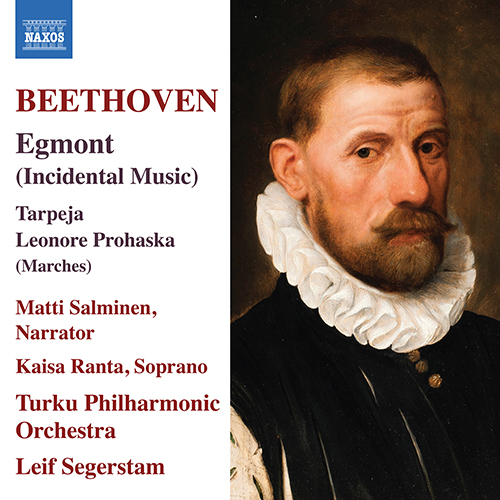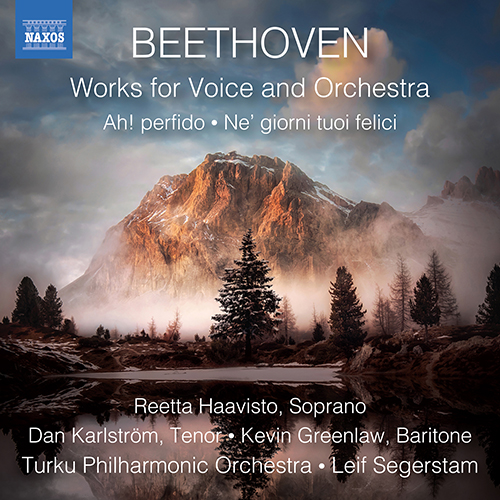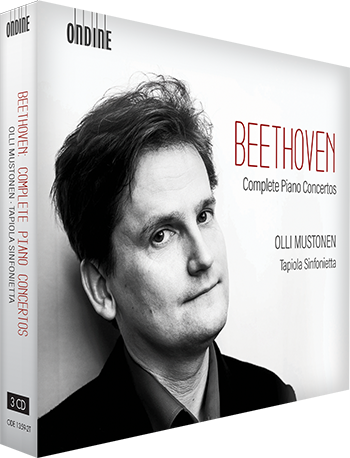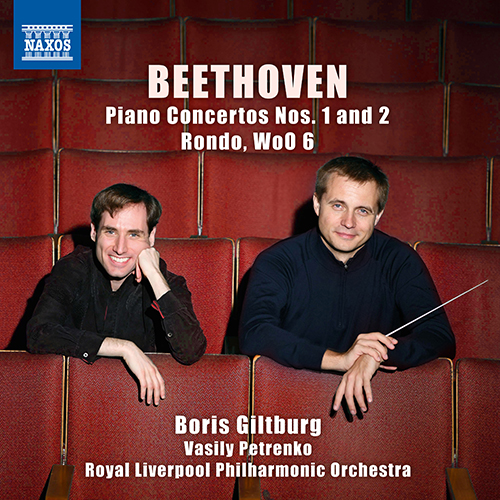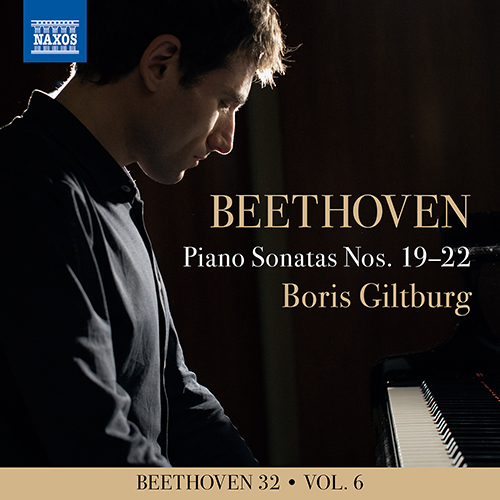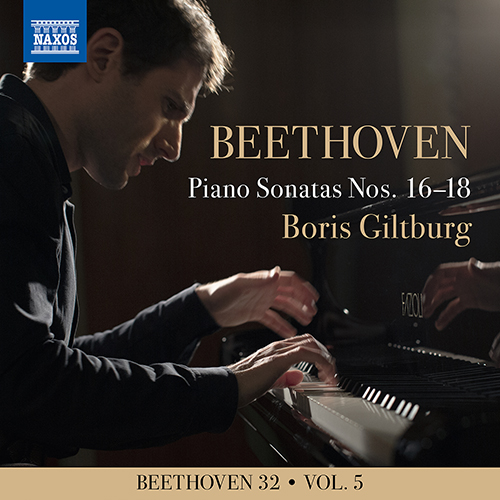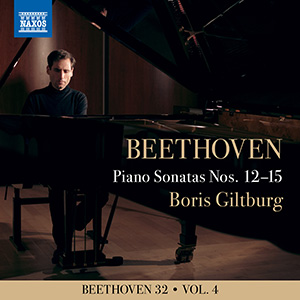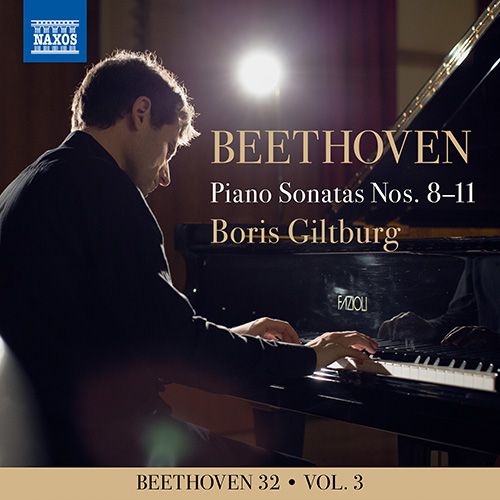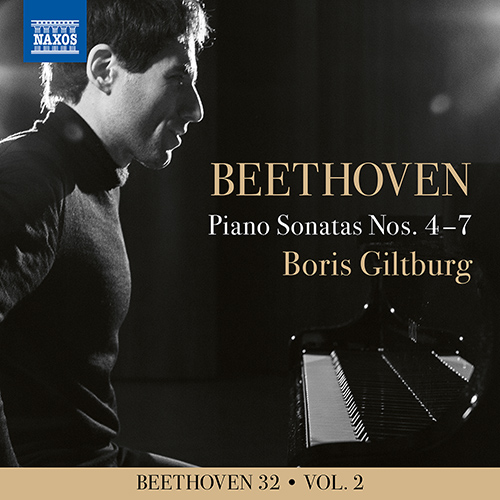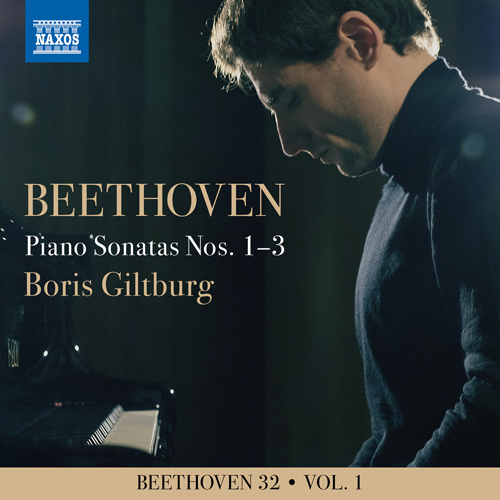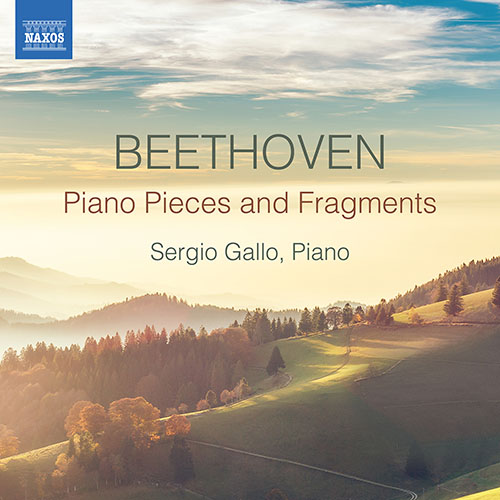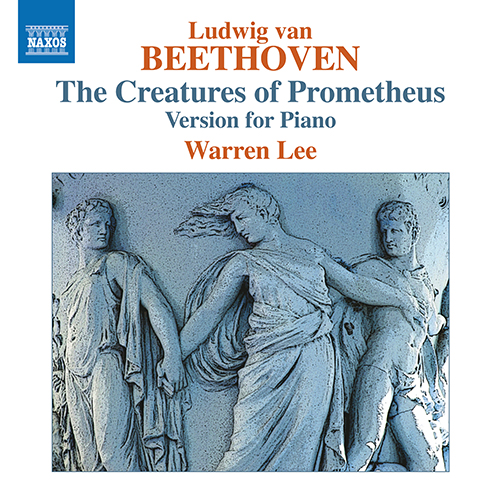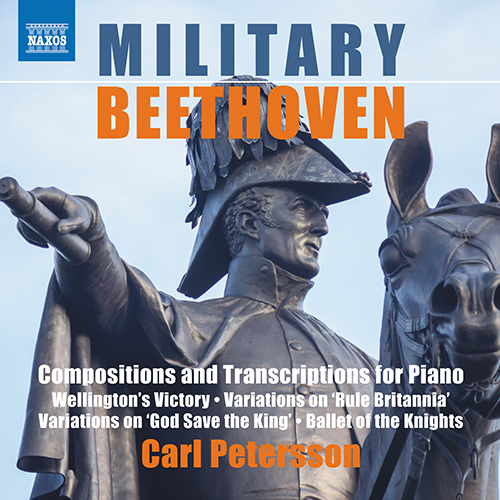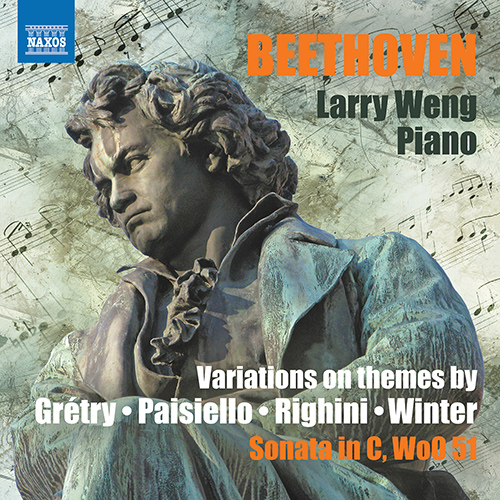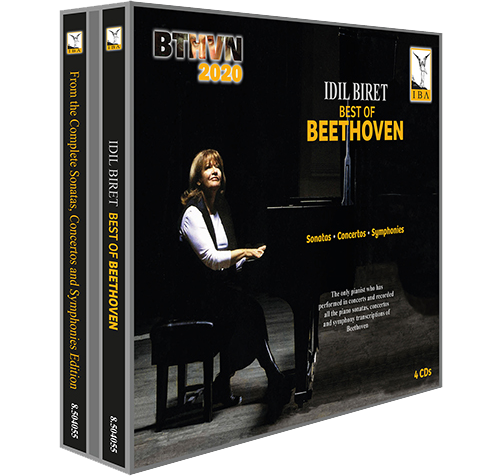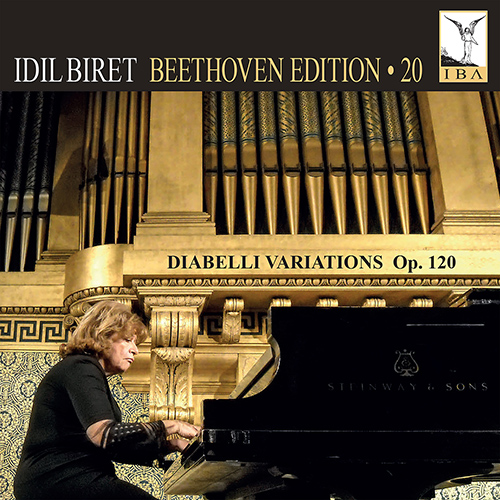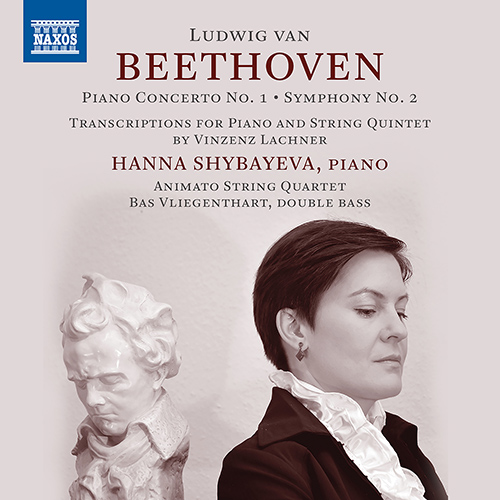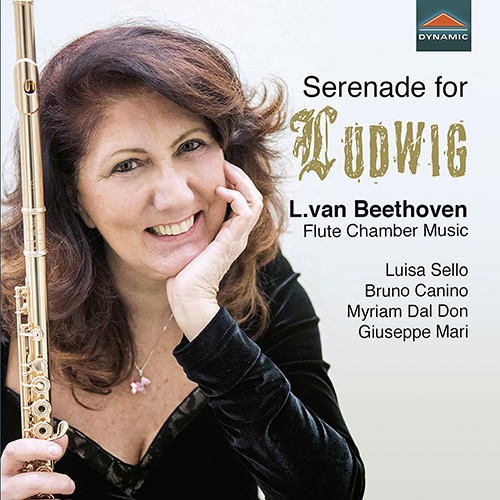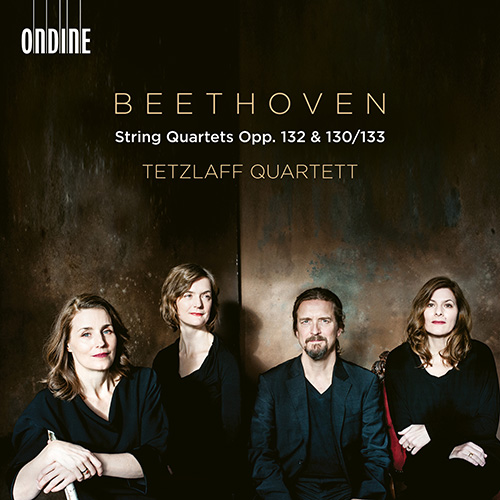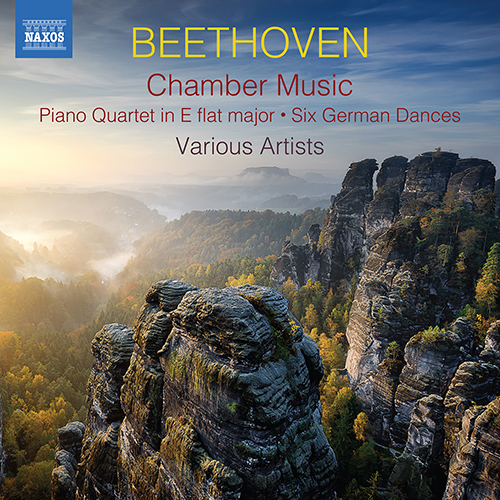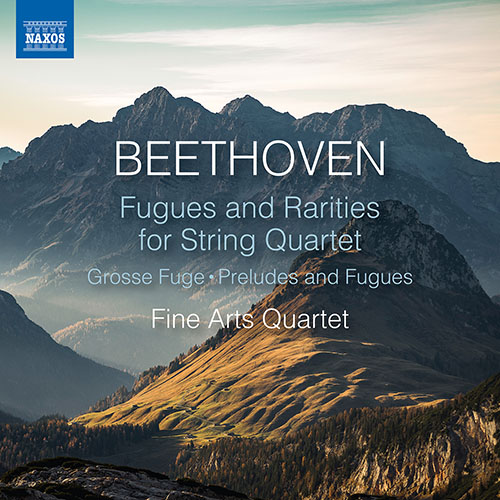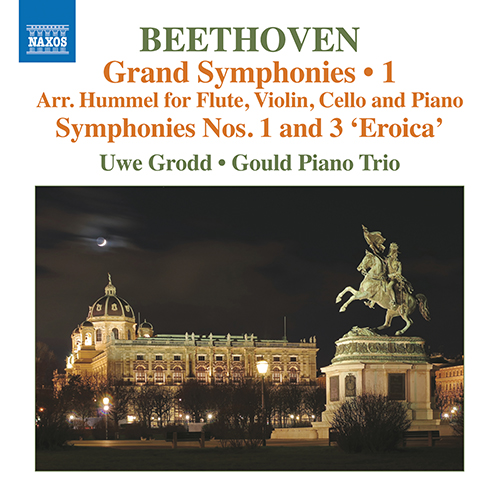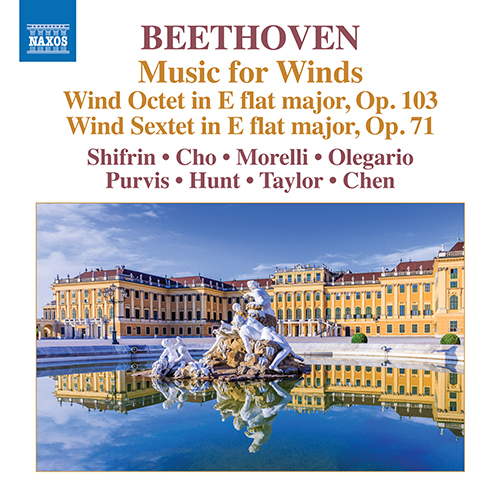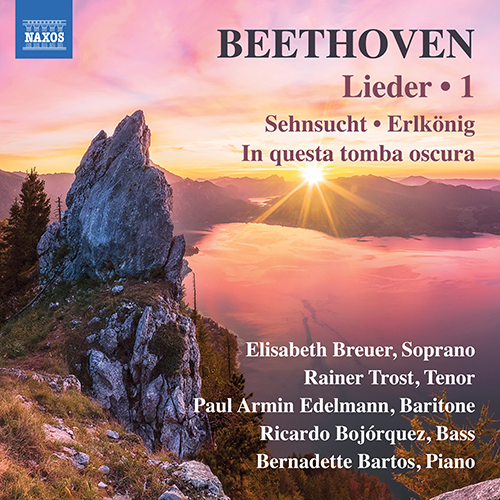|
8.574176
|
Canons and Musical Jokes
One of the least explored areas of Beethoven’s compositions is the miscellaneous sequence of canons, early exercises in counterpoint, mature jokes and jeux d’esprit that he wrote over many years. He composed a two-part canon for the composer Hummel in 1816 and in 1823 one for four voices (written in a tavern) for Count Lichnowsky. He also wrote birthday and Christmas greetings for colleagues and friends, and songs that punned on recipients’ names or poked fun at them.
|
|
8.574174
|
Folk Songs
George Thomson of Edinburgh, a notable promoter of Scottish music, encouraged settings of his nation’s folk songs. In particular, he found a rich source of arrangements in Vienna, where he commissioned first Haydn and then Beethoven to set a large sequence of poems, including those of Robert Burns and Sir Walter Scott. Thomson envisaged simple works, agreeable to amateurs, but Beethoven found it impossible to compose within such limitations and his settings, which include Irish and Welsh songs, with the accompaniment of strings and piano, have proved perennially popular.
|
|
2.110674 [DVD]
Also Available in Blu-ray (NBD0121V)
|
Leonore
Beethoven started composing Leonore in January 1804. The subject – the release to freedom of an unjustly imprisoned man by his devoted wife – was part of the genre of ‘rescue operas’ which were very popular at the end of the 18th century. The premiere of Leonore, given before an uncomprehending audience at a time of political upheaval, was a failure and Beethoven responded by shortening the work from three acts to two, which was the version performed in 1806. After further revisions it was to emerge in 1814 as Fidelio. This performance is from Opera Lafayette’s Leonore Project which included a performance of Pierre Gaveaux’s Léonore, ou L’Amour conjugal (available on Naxos DVD 2.110591 and Blu-ray NBD0085V) – the opera on which Beethoven modelled his Leonore
|
|
2.110669 [DVD]
Also available in Blu-ray |
Missa Solemnis
Beethoven’s Missa solemnis is the one work the composer admired above all his compositions. It was written for his great patron and friend Archduke Rudolf of Austria at around the same time that he embarked on his Ninth Symphony and as the writer Donald Tovey noted, ‘there is no choral and no orchestral writing, earlier or later, that shows a more thrilling sense of the individual colour of every chord.’ This insightful documentary follows Frieder Bernius on a journey of discovery as he immerses himself in Beethoven’s monumental masterpiece in preparation for a recording.
|
|
8.574175
|
Secular Vocal Works
|
|
8.574017
|
Mass in C Major
|
|
8.574077
|
Cantata on the Death of Emperor Joseph II
|
|
8.574042
|
König Stephan
|

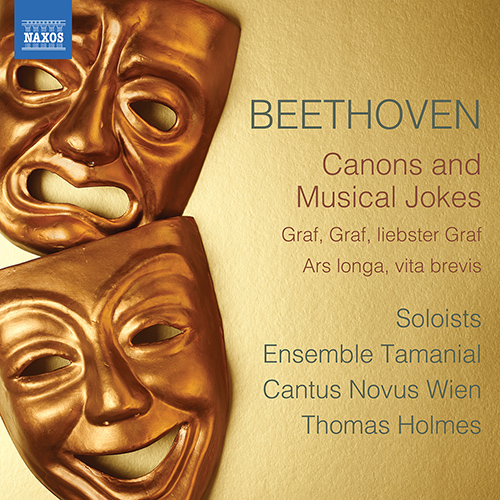
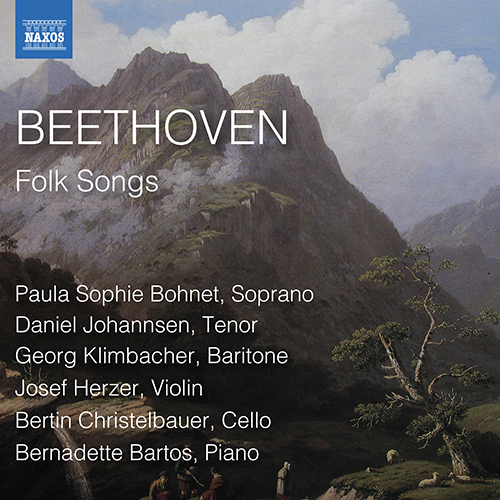
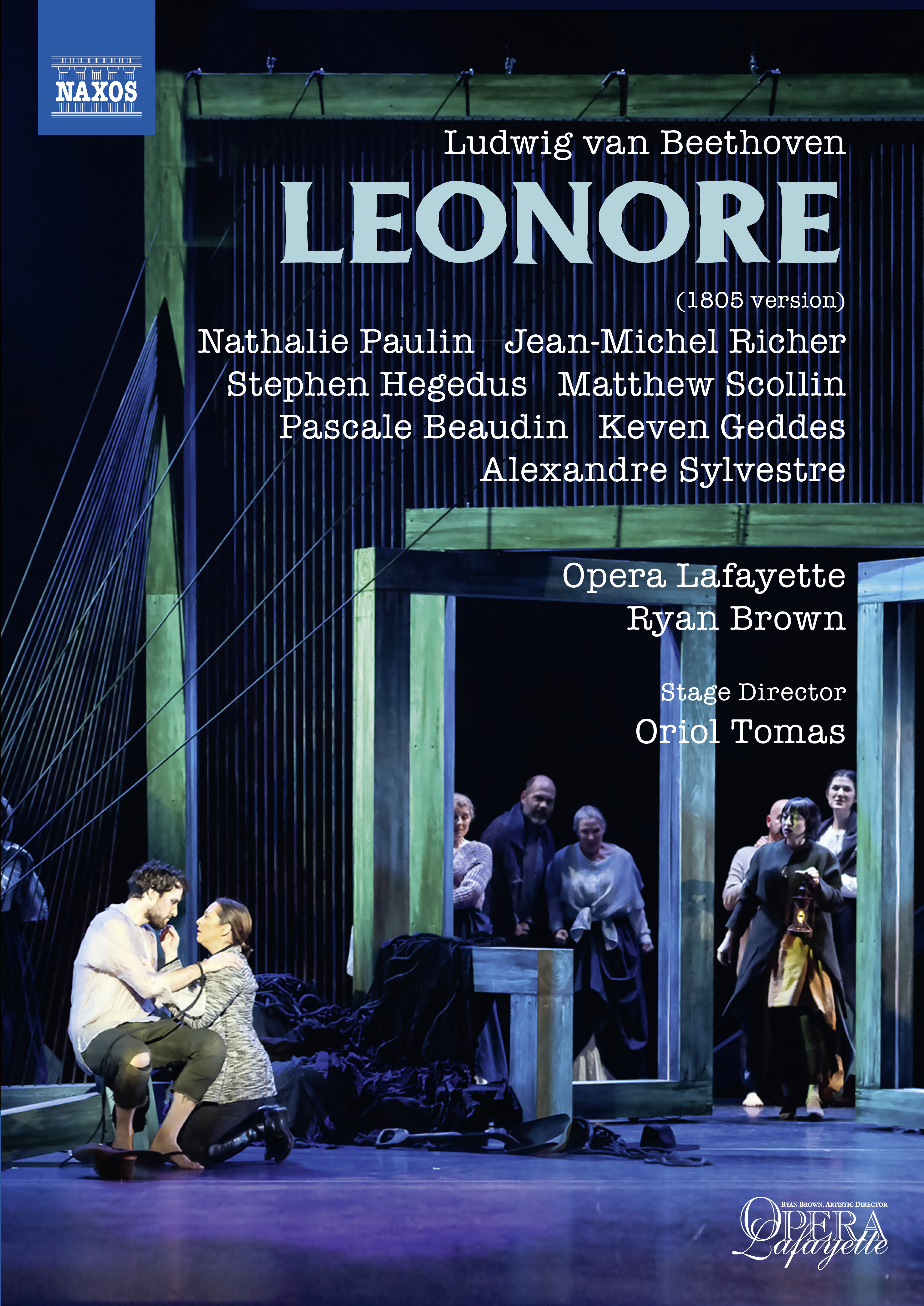
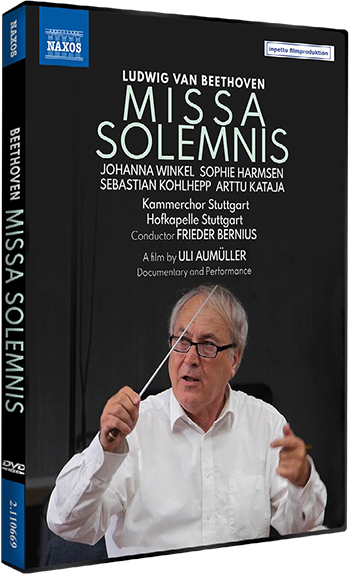
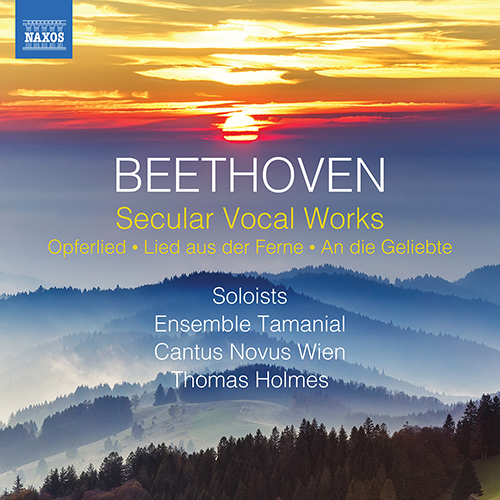
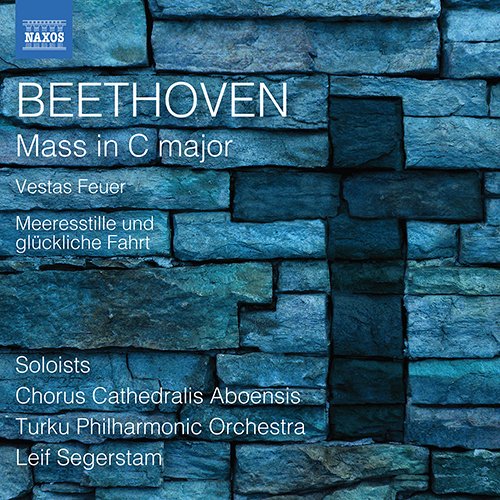
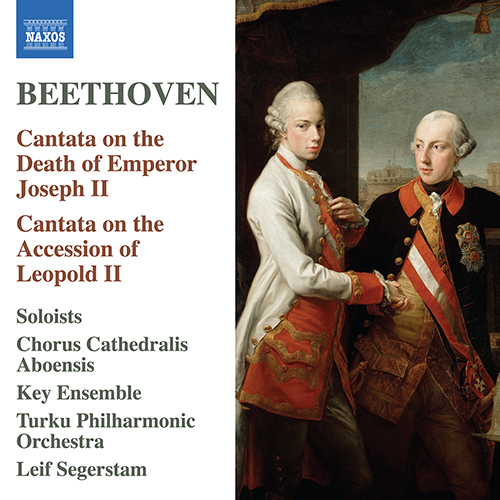
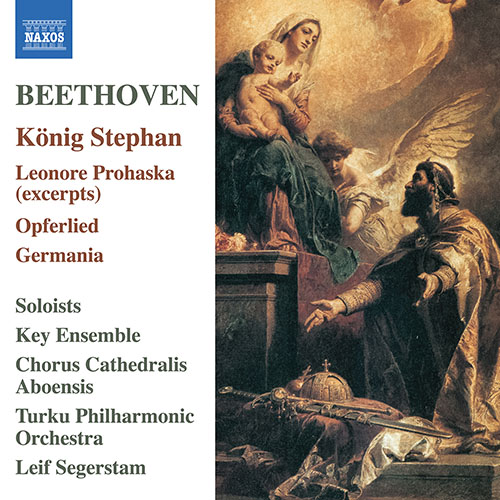
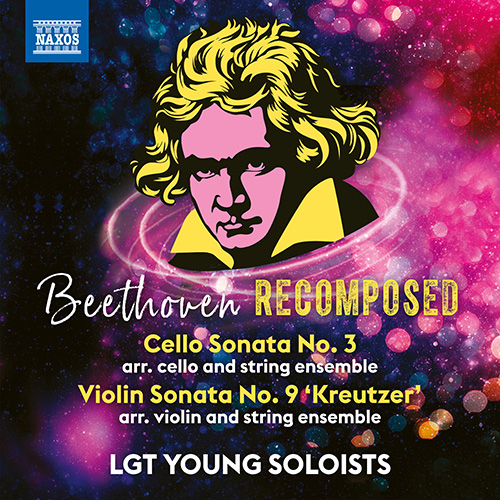
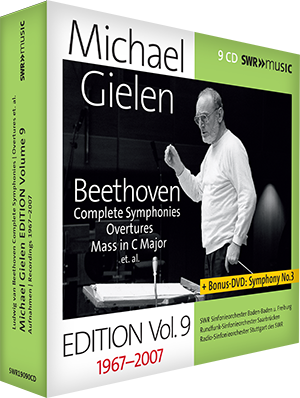
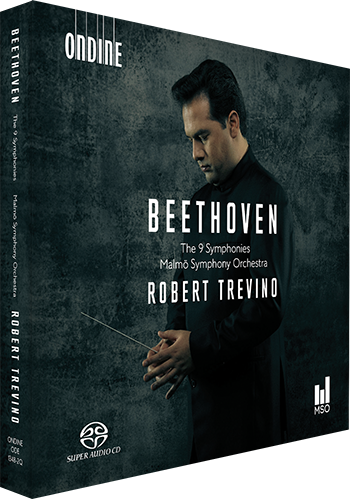
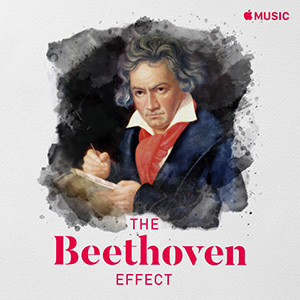
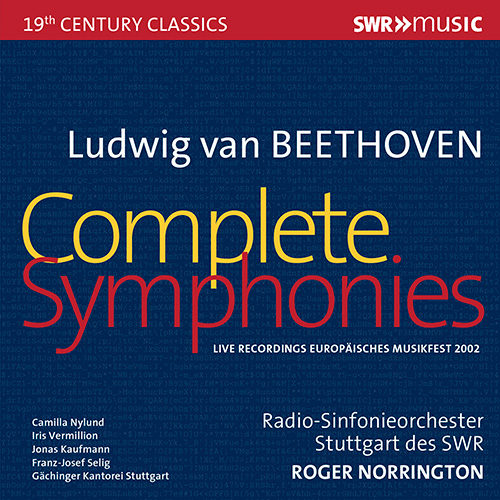
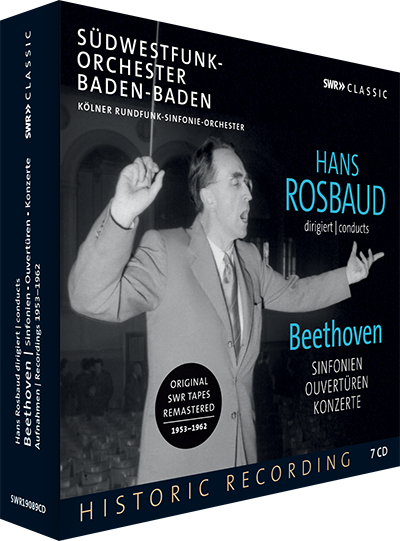
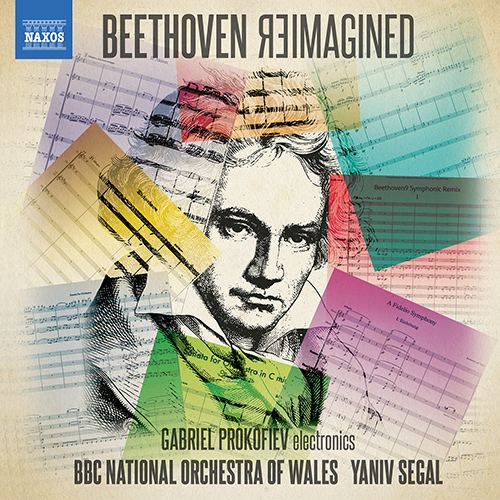
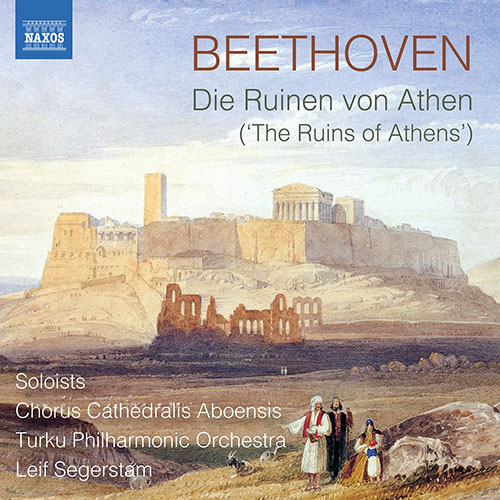
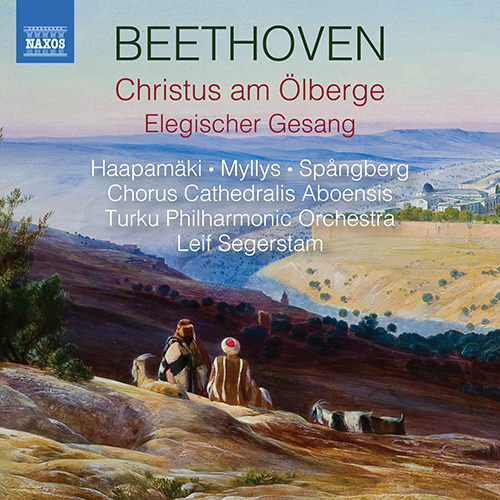

![BEETHOVEN, L. van: Geschöpfe des Prometheus (Die) [Ballet] BEETHOVEN, L. van: Geschöpfe des Prometheus (Die) [Ballet]](https://www.naxos.com/sharedfiles/images/cds/hires/8.573853.jpg)
